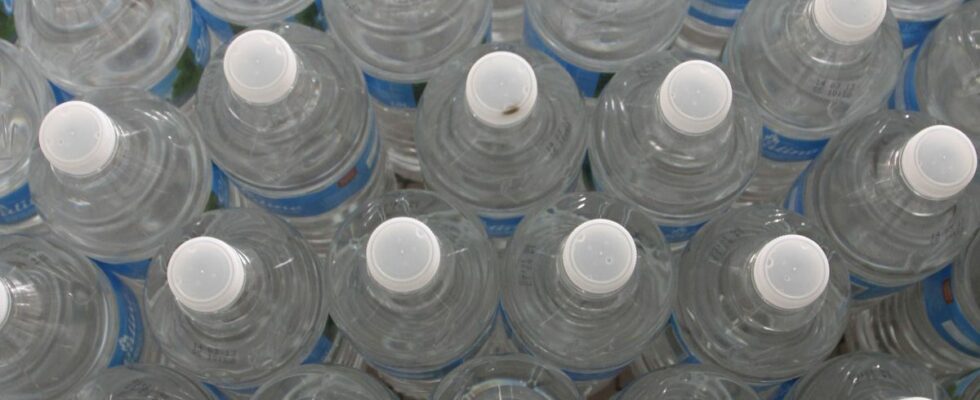Which water bottles are more harmful than others for your health? “Those who did not know, as with food, you also have to watch the water,” says a user in a video shot at the supermarket. “We tend to buy Cristalline because it is recognized. But there is a point that you have to look at, it’s very important, ”he continues, a bottle of the brand in hand. He zooms in on the label of the components and on the inscription: “Solid extract at 180°C: 270 mg/L – ph: 7.7” He advances: “That means, all that is waste, that it there is 270 mg in the water, that is to say that your kidneys will filter that. »
He establishes a comparison with another water, “Source Laqueuille”, which is mountain spring water, a landmark brand, marketed by E.Leclerc. “There, look with this water, dry residue 74 mg per liter, which means that there is much less, and that, friends, is very important to monitor. »
In the comments, two schools emerge. “Now I’ll be careful, I didn’t know, thanks for the advice”, say some. Or again: “Yes, he is right. For daily use it is necessary to pay attention to this quantity. For others it’s “a bunch of bullshit, it’s just drinking water”. A few joke about the post: “Just heat it for an hour you drink it, boiling kills all the germs. » What about the assertions of this internet user? 20 minutes make the point.
FAKE OFF
The reference application Yuka, which allows food and cosmetic products to be scanned in order to obtain detailed information on the impact of a product on health, draws a portrait of the “best waters”. According to the explanation: “The first thing to consider when choosing a water bottle is the amount of dry residue it contains. This is therefore the element pointed out by the Internet user in his video. But what does this name correspond to? “This is the amount of minerals (sodium, magnesium, sulphate, calcium, etc.) remaining once the water has evaporated”, always specifies the site.
“Contrary to what one might think, good water is water with little mineral content,” notes Yuka. Excessive consumption of minerals can be harmful to the body, as some Internet users have noticed. “The presence of minerals in large quantities in the water can interact with those provided by food, reducing their assimilation. The dry residue should thus ideally be less than 100 mg/l”, details the site.
By observing the labels of the bottles of water marketed, we find that those which contain the least minerals are Mont-Blanc or Mont Roucous. With a larger quantity, there is the Cristalline, but also the Volvic and the Evian. And among those with a high rate are, for example, Hépar, Contrex or Vittel.

